The screen name is "Half Heart", which is familiar to anyone who has played ESP32. Many readers have just started learning ESP8666 and ESP32, and they have seen his tutorials more or less.
价格亲民At that time, the modules were basically bought from Anxinke. The most important thing about Anxinke's modules is 开发资料很齐全that basically all the information for the initial development can be found on their website.

"Half Heart" is now working as a technology leader in Anxin, and has made a lot of new modules and development boards. Just last week, it launched two new open source hardware products, AiPi-Eyes-S1 (Xiaoanpai-Eyes-S1 ), AiPi-Eyes-S2 (Xiaoanpai-Eyes-S2) , using these two boards, we will come up with whimsy and design some fun and interesting products.
Benefits: Free 5 S1 development boards, free shipping to your home, no need to return, leave a message in the comment area, you can talk about how to play this open source hardware, the deadline is 48 hours from the start of the post, everyone is enthusiastic to leave a message, the more comments, the more detailed the possibility higher~
AiPi-Eyes-S1
AiPi-Eyes-S1 is a development board specially designed for Ai-M61-32S by Anxinke open source team
支持WiFi6、BLE5.3. The Ai-M61-32S module equipped has rich peripheral interfaces, including DVP, MJPEG, Dispaly, AudioCodec, USB2.0, SDU, Ethernet (EMAC), SD/MMC (SDH), SPI, UART, I2C, I2S, PWM, GPDAC, GPADC, ACOMP, GPIO, etc. IntegrateSPI屏幕接口,DVP摄像头接口, external ES8388 audio codec chip and reserved TF deck, and lead outUSB接口,可接入USB摄像头.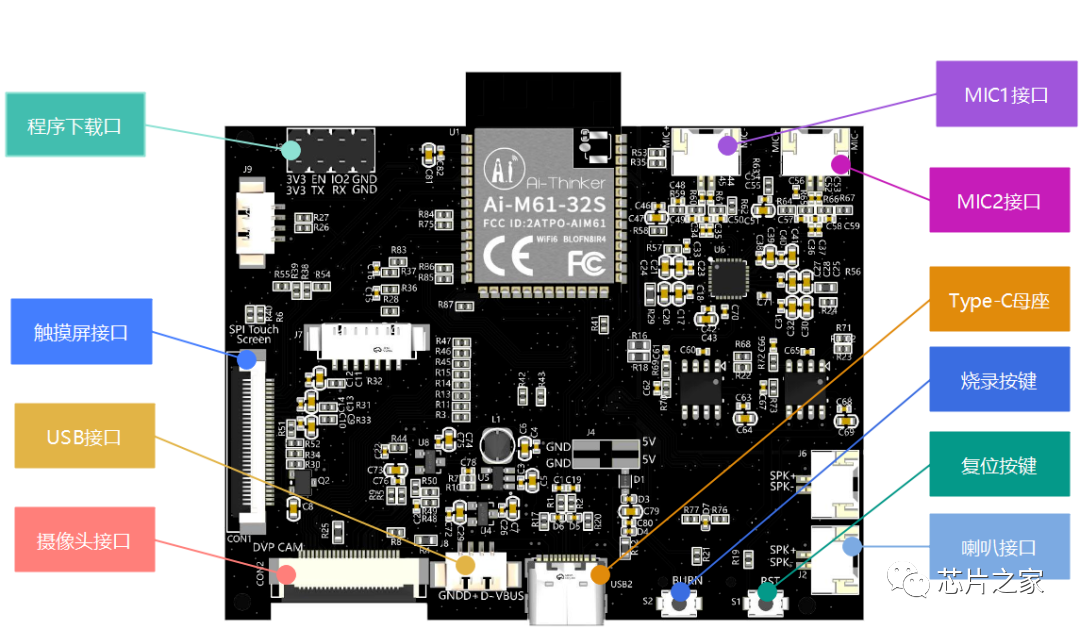
Xiaoanpai-Eyes-S1
AiPi-Eyes-S2
Because AiPi-Eyes-S2 uses a built-in audio circuit, it will be smaller than AiPi-Eyes-S1 and have one less set of audio channels.
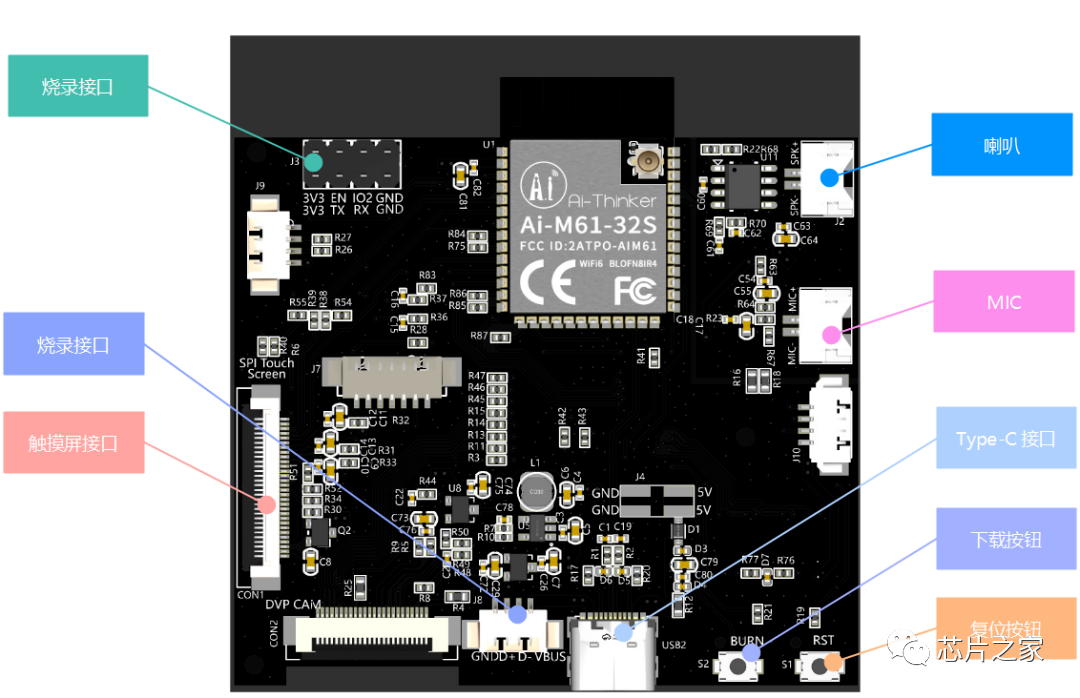
Xiaoanpai-Eyes-S2
软硬件All the information about Xiaoanpai is 开源available, and it can also be found on the open source hardware platform of Jiali Chuang.
Desktop Weather Station
The Anxinke application development team made one with Xiaoanpai open source hardware 桌面天气站, which is a good reference for travel~

Functional Analysis
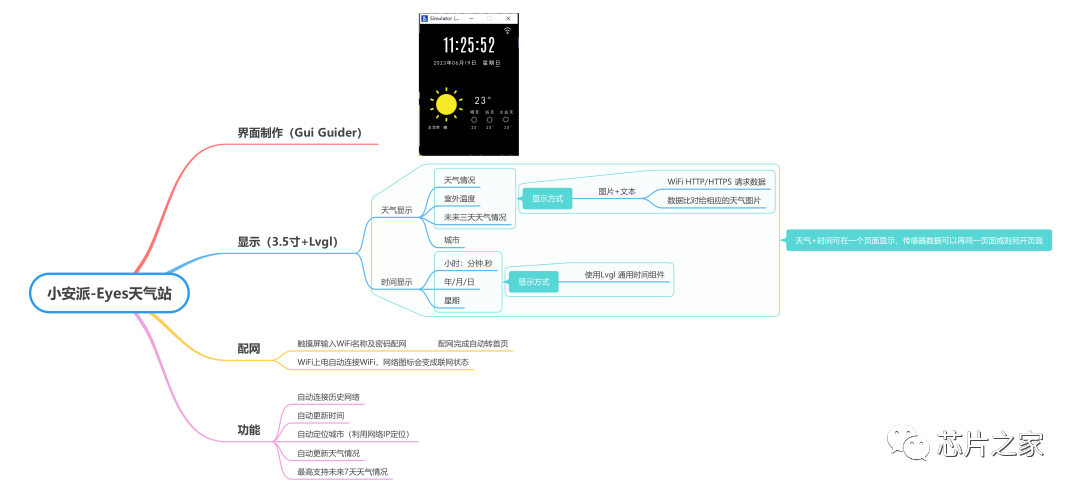
Gui Guider simulation results

Part of the source code of the weather station
Free next seven-day weather interface from Weather API:
http://www.tianqiapi.com/index/doc?version=week
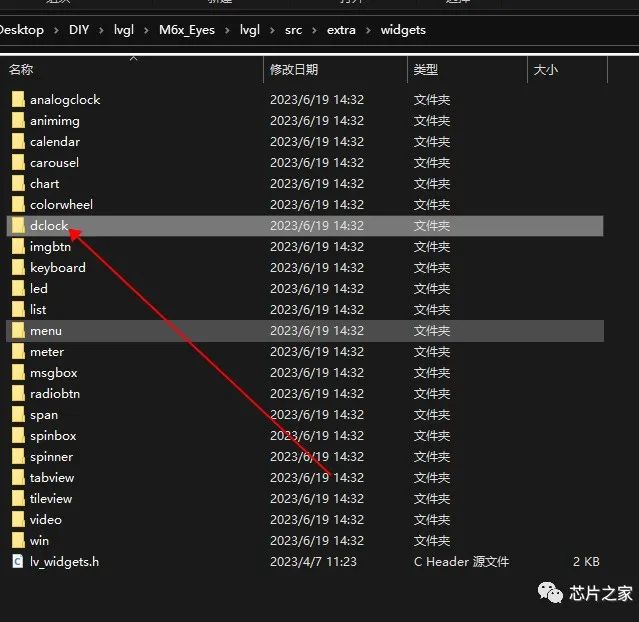
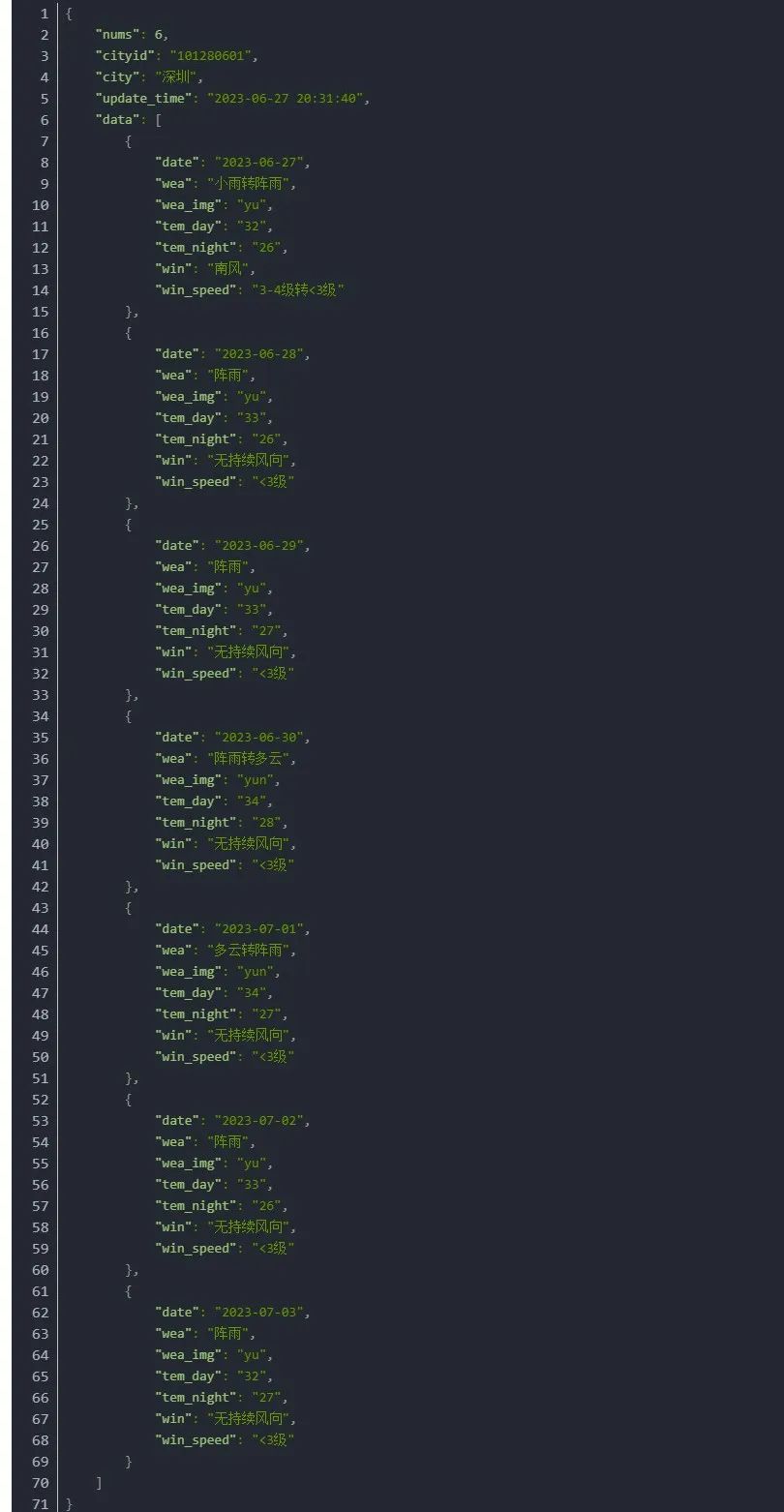

data acquisition
1. Docs of Anxinke official website: https://docs.ai-thinker.com/wifi
2. Anxinke Forum: http://bbs.ai-thinker.com/forum.php
3. Aipi-Eyes-S1 open source address: https://oshwhub.com/ai-thiner_openteam/aipi-eyes-s1
4. Aipi-Eyes-S2 open source address: https://oshwhub.com/ai-thiner_openteam/aipi-eyes-s2
5. M6x-SDK programming guide: https://bouffalolab.github.io/bl_iot_sdk
6. Xiaoanpai-Eyes weather station source code (remember to read the README): https://github.com/Ai-Thinker-Open/Ai-Pi_Eeys/tree/AiPi-Eyes_Weather
7. Other information package address of Xiaoanpai-Eyes weather station: https://docs.ai-thinker.com/eyes
8. Original blog address: [Completely Open Source] Xiaoanpai Eyes-Weather Station https://blog.csdn.net/Boantong_/article/details/131422515?spm=1001.2014.3001.5501
Finally, let me say a few more words. There is a module on this development board, which is supported WiFi6以及BLE5.3. What is the chip in it?
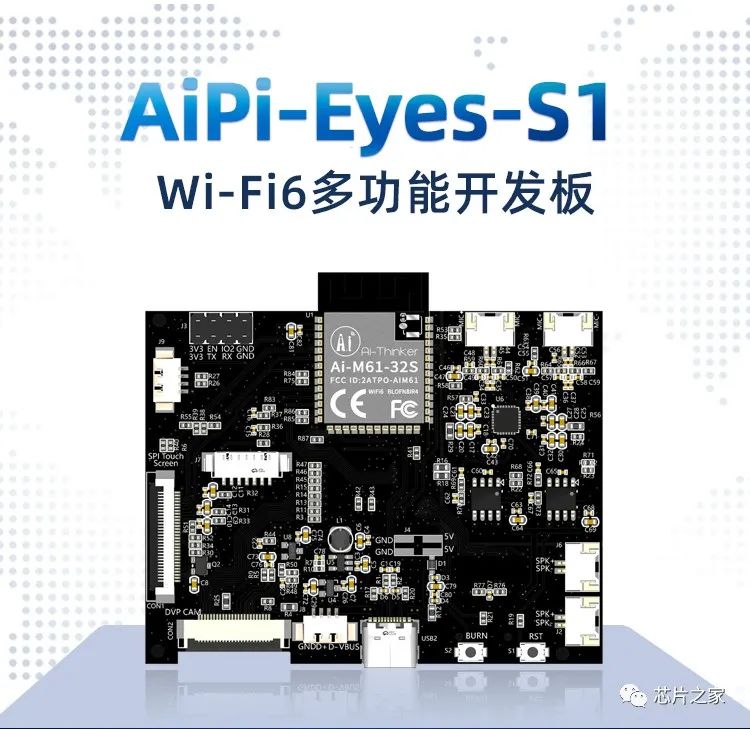
This main control chip is an 博流intelligent RICS-Vchip based on research and development BL618, so what is so good about this chip?
BL618 is based on RISC-V, supports Wi-Fi 6/BT/BLE/Zigbee/Thread/Matter protocols , and has very advanced RF performance.
Low power 32-bit RISC-V CPU with floating point unit, DSP unit, cache and memory, dynamically frequency configurable 1MHz 至 320MHz. With 532KB SRAM\128KB ROM and 4Kb eFuse, embedded 2/4/8MB Flash (optional) and embedded 4/8MB pSRAM (optional).
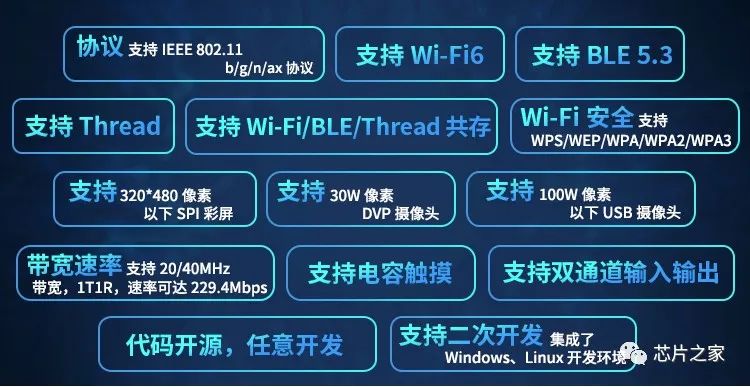
At the same time, there are a variety of low-power control modes, as mentioned above on the peripheral interface, 基本上把我们常用的外设全部包含在芯片了, too powerful! Interested friends can take a look at this board of Anxinke. It is an open source project. There must be more and more information in the future!

Xu Hong's blog:

Anxinke Technology:
